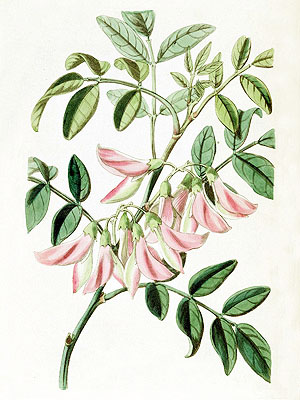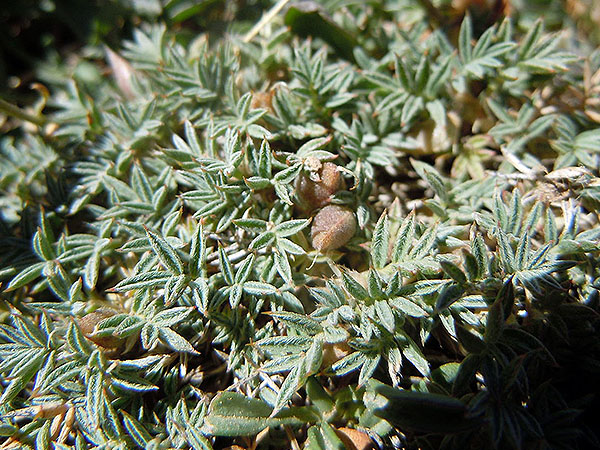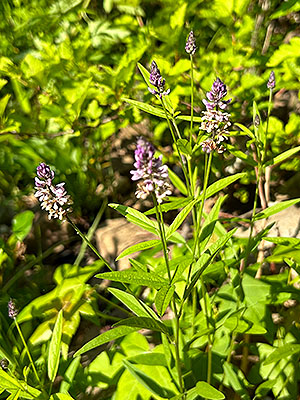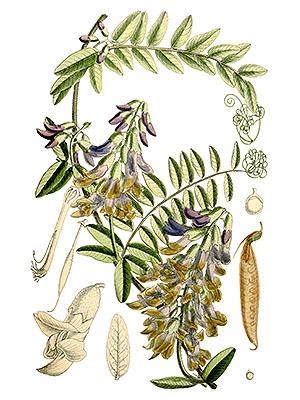Sewage Lupine (Lupinus cusickii ssp. abortivus)
Cusick’s Lupine (Lupinus cusickii S. Watson) (see photo below), an Oregon endemic, is a small, blue-purple flowering species that prefers to grow on eroding mountain slopes. The species can be divided into at least three varieties, all of which are critically endangered.
***
This variety, named for the type location (near stinking water), was endemic to northern Harney County, where the last plants were found in 1896; it is now very likely extinct.
***
syn. Lupinus aridus var. abortivus (Greene) C. P. Sm.
*********************

Photo: Carmel Cameron
https://www.inaturalist.org/people/carmel34
https://creativecommons.org/licenses/by-nc/4.0/
*********************
References:
[1] Robert J. Meinke: Threatened and endangered vascular plants of Oregon: An illustrated guide. U.S. Fish and Wildlife Service, Office of Endangered Species, Region 1. 1982
*********************
edited: 11.02.2024







